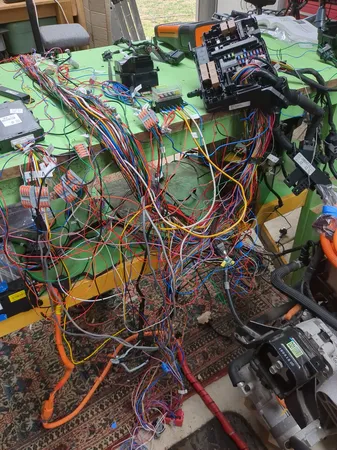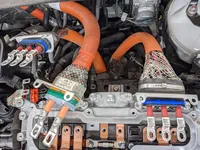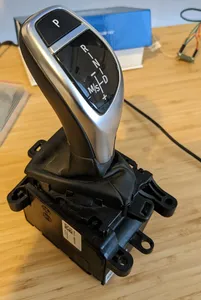I've been holding off posting as I haven't had any major breakthroughs with the Kona Electric reversing project. However, I haven't sat totally idle...
On-car testing
Last post the Kona motor started to spin, but without a load attached it was spinning out of control! Even in Neutral, the motor …






